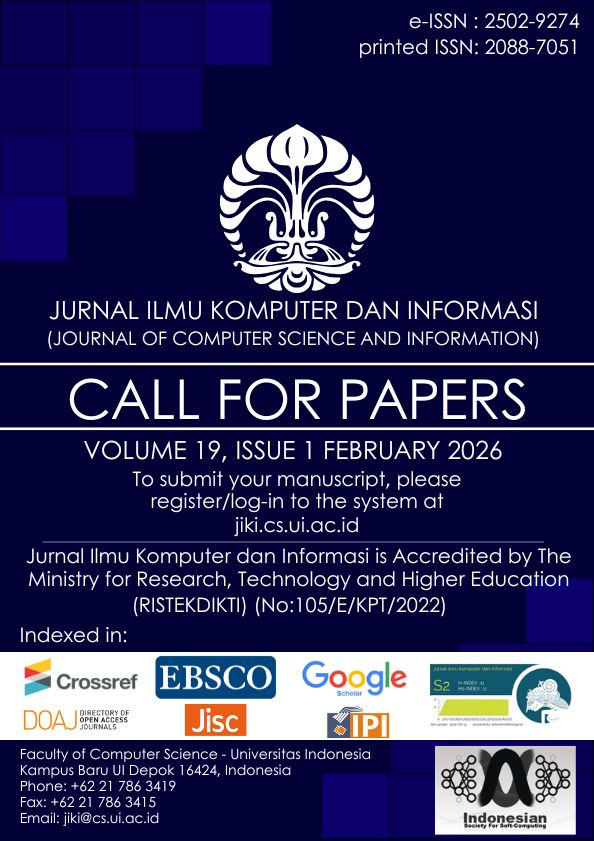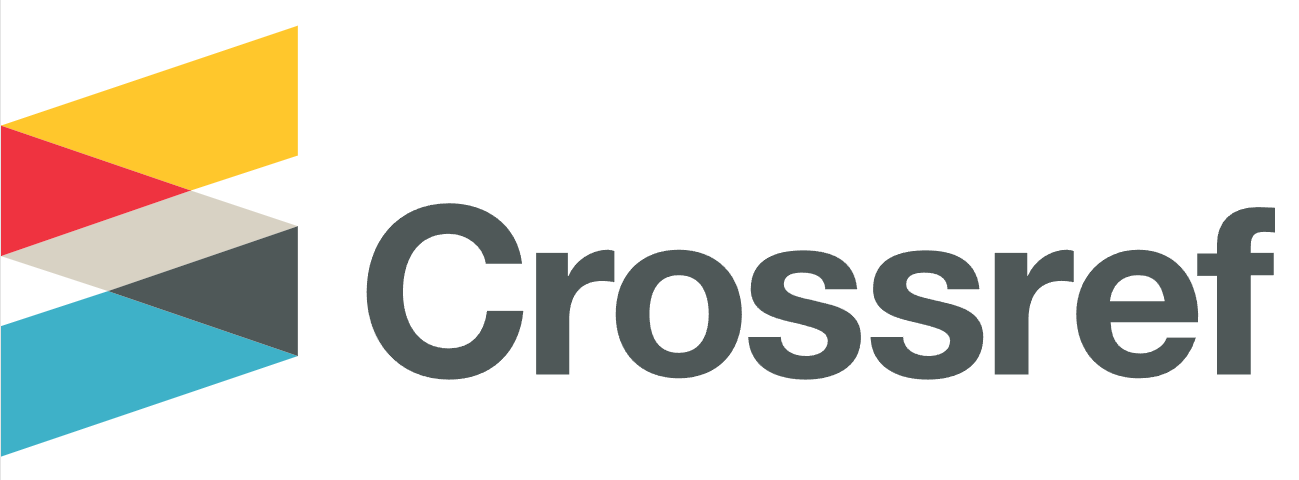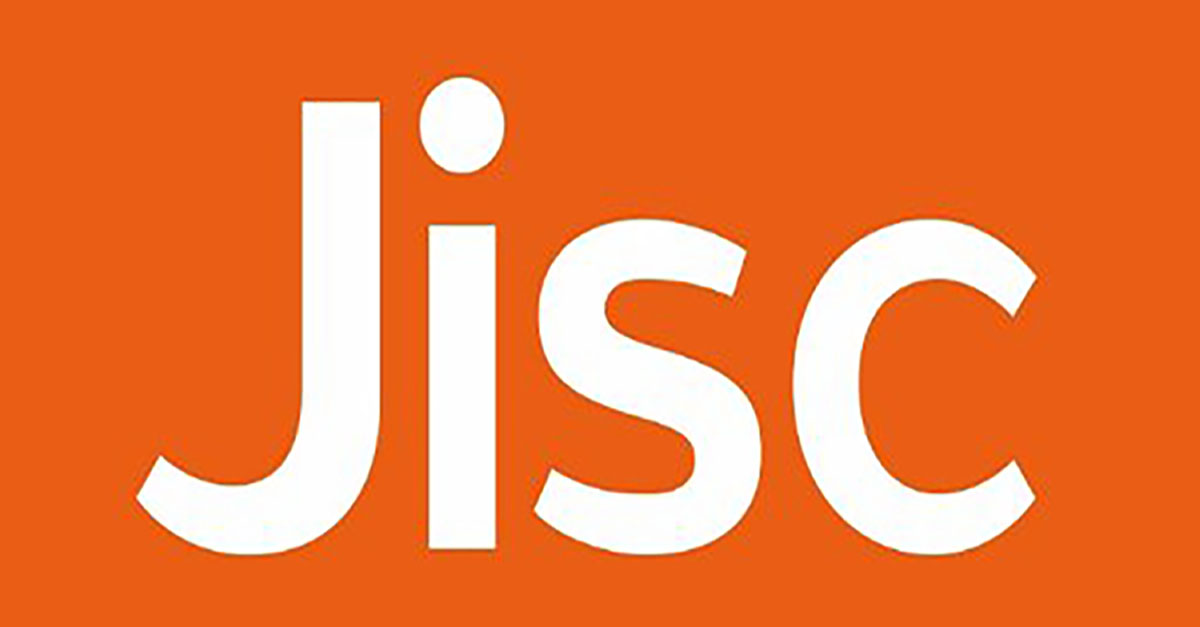Context-Aware Detection of Deceptive Design Patterns in E-Commerce Websites Using Word Embedding Based Deep Learning Paradigms
DOI:
https://doi.org/10.21609/jiki.v18i2.1530Abstract
Deceptive designs (DDs) are a hidden technological tactic that manipulates the user's consumer behavior in a way that benefits website vendors without them knowing. Proper identification of deceptive designs is essential to prevent users from being misled by hidden tactics. To fulfill this requirement, this study assesses Word2Vec word embedding based deep learning models for text based deceptive design detection. Models trained consist of Convolutional Neural Networks (CNN), Bidirectional Long Short-Term Memory (BiLSTM), and a hybrid model (CNN + BiLSTM) that combines the two aforementioned models. These four key score indices of accuracy, precision, sensitivity, and F1-score are computed to compare the performance of each proclaimed model. When compared to the existing DD detection techniques, all three of these approaches attain state-of-the-art performance. The results of this evaluation illustrate that the hybrid model achieves the highest accuracy of 95% in capturing the nuanced text context of deceptive designs. Furthermore, even when other metrics are considered, the hybrid model performs more effectively. To guarantee the independence and security of user activities, intelligent deep learning paradigms are integrated to identify hidden deceptive activities automatically. This allows for the accurate detection and classification of deceptive designs in intricate e-commerce environments.
Downloads
Published
How to Cite
Issue
Section
License
Authors who publish with this journal agree to the following terms:
- Authors retain copyright and grant the journal right of first publication with the work simultaneously licensed under a Creative Commons Attribution License that allows others to share the work with an acknowledgement of the work's authorship and initial publication in this journal.
- Authors are able to enter into separate, additional contractual arrangements for the non-exclusive distribution of the journal's published version of the work (e.g., post it to an institutional repository or publish it in a book), with an acknowledgement of its initial publication in this journal.
- Authors are permitted and encouraged to post their work online (e.g., in institutional repositories or on their website) prior to and during the submission process, as it can lead to productive exchanges, as well as earlier and greater citation of published work (See The Effect of Open Access).










